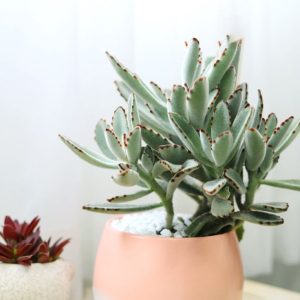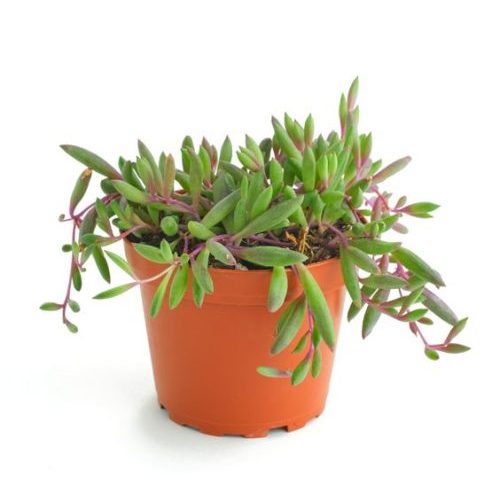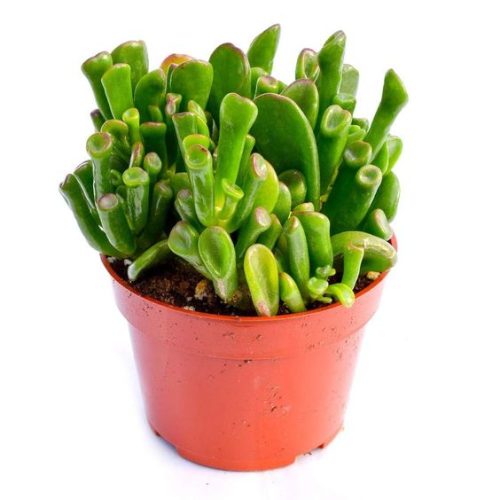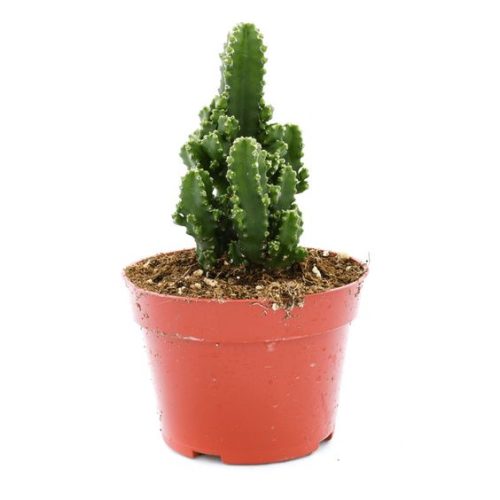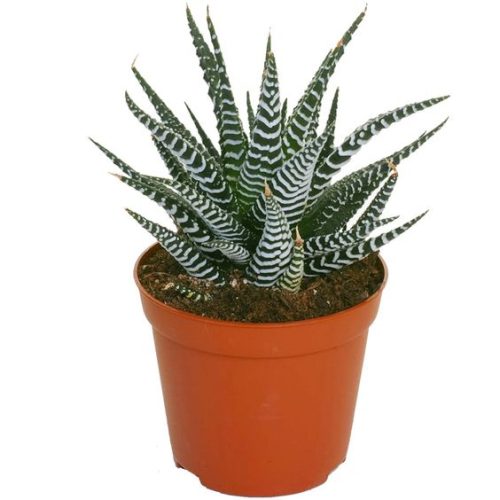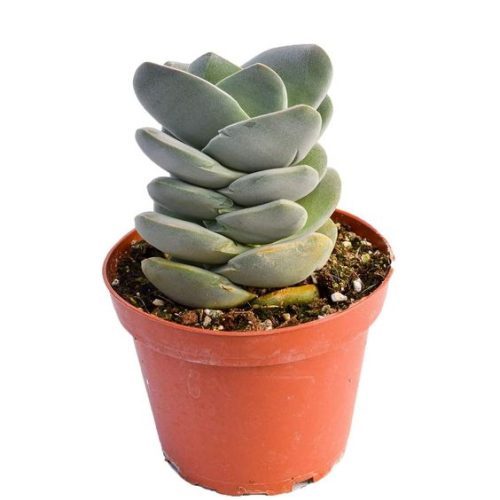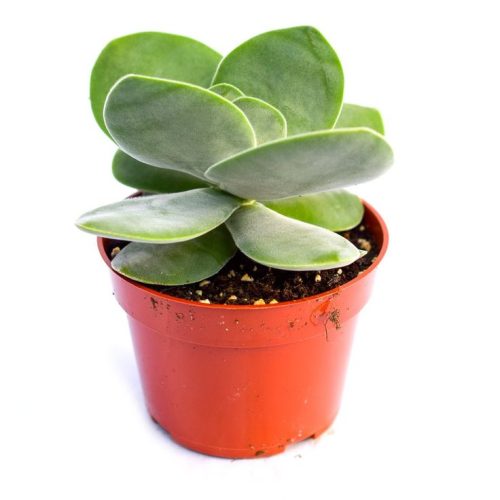Kalanchoe Tomentosa
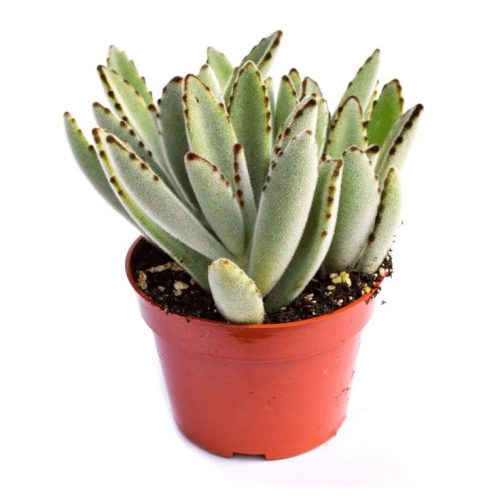
- Botanical Name: Kalanchoe tomentosa
- Family Name: Crassulaceae
- Stems: 1.5-2 inch
- Temperature: 15°C – 24°C
- Other: likes sunlight, drought-resistant,tolerates partial shade
Overview
Product Description
Morphological Characteristics
Kalanchoe Tomentosa, commonly referred to as the Panda Plant or Bunny Ears Plant, is a succulent with a distinctive appearance that sets it apart in the world of houseplants. Its leaves are plump, oval, and densely covered in fine, silky hairs, which not only give them a soft, velvety feel but also create a visual texture that resembles the fur of a panda bear. The edges of these leaves often feature deep brown or reddish markings, adding to the plant’s decorative appeal. While in its natural habitat it can reach several feet in height, when cultivated indoors, it typically grows to be one to two feet tall.
Growth Habits
Native to Madagascar, the Panda Plant has adapted to thrive in environments with plenty of sunlight, but it展现出an ability to acclimate to partial shade as well. During its active growing season, which is in the spring and summer, it requires regular watering, but it must be carefully monitored to avoid overwatering, as its thick leaves are adept at retaining moisture. The plant’s growth rate is considered slow, and it does not need to be repotted frequently, making it a low-maintenance option for many gardeners. As temperatures drop in the winter months, the Panda Plant goes dormant, significantly reducing its water needs and requiring less frequent watering.
Care Instructions
To ensure the health and longevity of your Panda Plant, it is essential to provide it with well-draining soil. This succulent prefers temperatures between 60°F and 75°F and is not tolerant of frost, so it should be protected during the colder months. Overwintering should be done in a warm室内 environment, and watering should be significantly reduced to prevent root rot, which is a common issue with overwatering. It is also crucial to be aware that the Panda Plant is toxic to household pets, including cats and dogs. Ingestion can lead to vomiting, diarrhea, and even heart arrhythmias, so it should be placed in an area that is inaccessible to animals.
Propagation Methods
Propagating your Panda Plant is a straightforward process that can be done through leaf cuttings. During the spring or summer months, select a healthy, mature leaf and carefully remove it from the plant, allowing it to callous over for a few days in a dry, shaded area. Place the calloused leaf on top of well-draining soil, ensuring it makes contact but is not buried. Mist the soil lightly to maintain slight moisture, and place the pot in a location with bright, indirect light. Within a few weeks, you should see new roots and shoots emerging. Once the new plant is established and showing growth, it can be cared for as a mature Panda Plant.
Suitable Scenarios
The Panda Plant‘s attractive foliage and low maintenance needs make it an excellent choice for a variety of settings. It is a popular choice for indoor gardening enthusiasts, perfect for adding a touch of nature to offices, bedrooms, living rooms, and even balconies. Its ability to tolerate indirect light makes it suitable for areas that do not receive direct sunlight. Additionally, the Panda Plant is known for its air-purifying qualities, making it an eco-friendly addition to any space. It can absorb carbon dioxide and other pollutants, improving the air quality and creating a healthier environment.
Additional Tips
To further enhance the growth and appearance of your Panda Plant, consider the following tips:
- Rotate your plant regularly to ensure even exposure to light, promoting symmetrical growth.
- Prune your plant to encourage bushier growth and to maintain its shape.
- Fertilize sparingly during the active growing season with a diluted succulent fertilizer.
- Be vigilant for common pests such as mealybugs and spider mites, treating infestations promptly with appropriate measures.
In conclusion, the Kalanchoe Tomentosa is a versatile and attractive succulent that can bring a touch of the exotic to any indoor or outdoor garden. With its unique panda-like appearance and hardy nature, it is a plant that is sure to delight and thrive with minimal effort.





